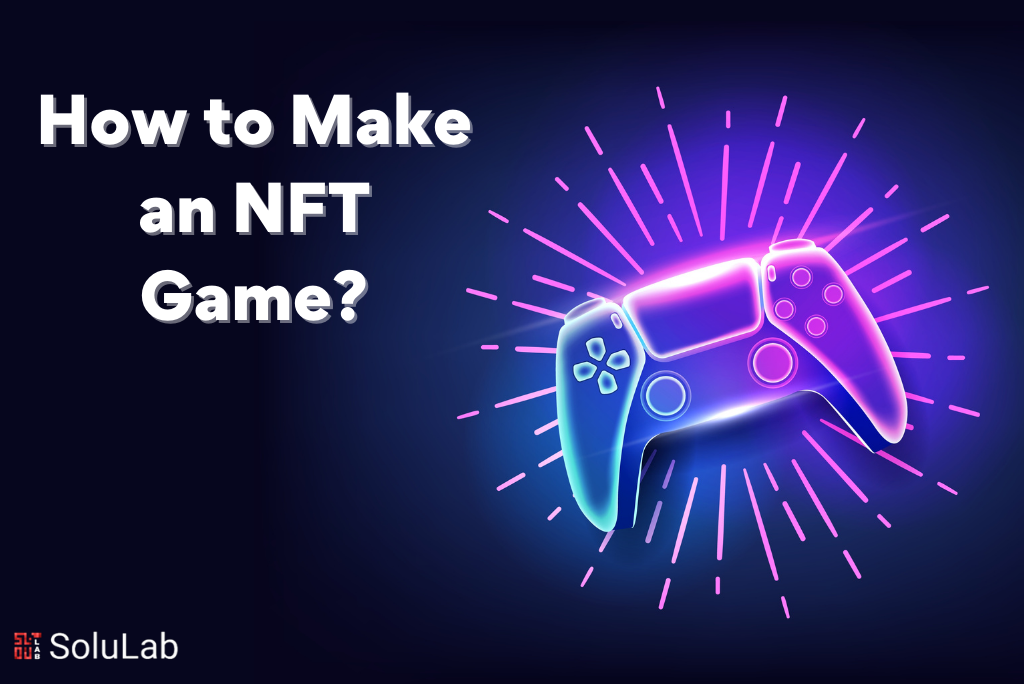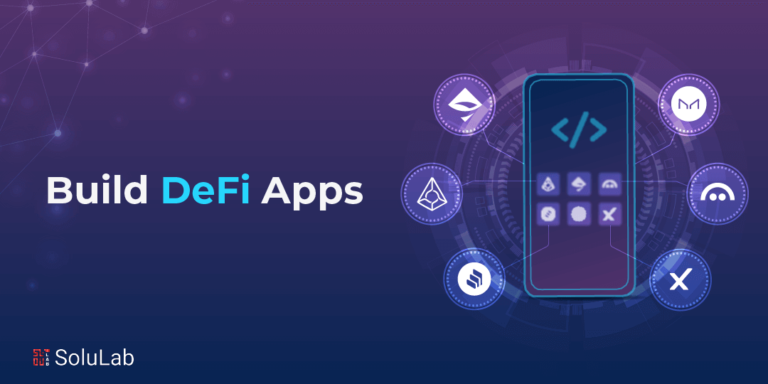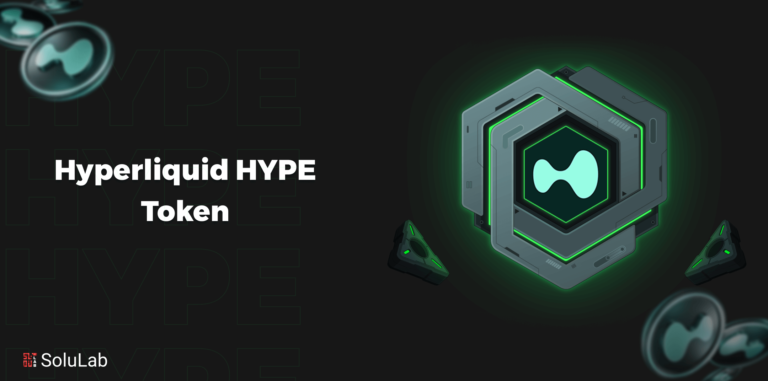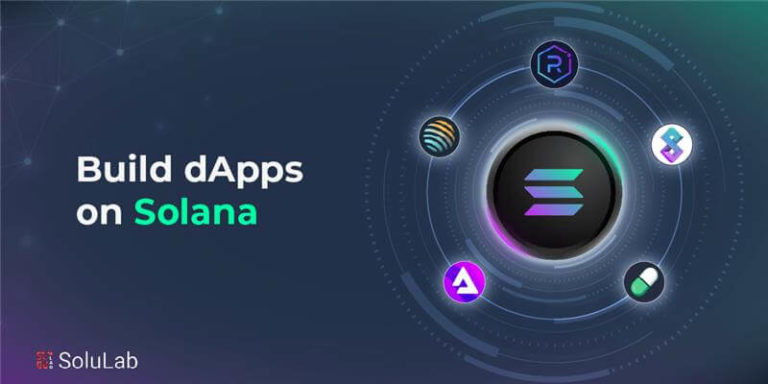
Even if you don’t actively pursue NFTs, you have undoubtedly already heard of them. Regardless of the amount of interest, popular trends frequently permeate all areas of the information space and capture everyone’s attention. However, the fact that you are reading this post indicates that you are undoubtedly interested in learning more about NFT and how to create an NFT game.
Numerous industries employ NFTs. 38 NFT creations were included in a digital art exhibition that the Hermitage hosted in 2021. The NFT token from Jack Dorsey’s initial tweet, which launched Twitter, was sold for $2.9 million. For his NFT artwork, artist Mike Winkelmann got a record-breaking $69 million.
What are NFTs?
Infusible Token is referred to as NFT. NFTs emerged as a result of the creation of the blockchain, just like cryptocurrencies. But unlike, say, Bitcoin, every NFT is distinct and has a separate value. This is not the case with NFT if one traditional cryptocurrency unit is identical to another like one (for instance, one Ethereum is identical to another and totally transferable without losing value). Let’s start with the NFT ecosystem, or the blockchain, to better grasp this.
What Are NFT Games?
NFT games are blockchain-based entertainment items that include non-fungible tokens, which are digital objects. NFT technology can be employed in video games to draw in funding. Any in-game object can have a token created, purchased, or sold by players, helping to support the creator. For instance, skins, artifacts, weapons, and other game elements can be tokenized using NFTs.
In NFT games, players access game resources that have been mathematically certified. It is simple to figure out who owns the gaming equipment. Many NFT games are gaining in popularity as they enable players to play and earn.
1. Axie Infinity
Axie Infinity is one of the popular NFT games in the Pokémon style. Games feature imaginary creatures called Axies. You can play the game on a computer, an Android device, or an iOS device.
The NFTs used in this game were constructed in line with the ERC-721 standard. The Ethereum standard for NFTs is ERC-721. The ERC-20 token standard was used in the development of the “Axie Infinity Shard” (AXS) which is the governance token of the game.
Gamers can exchange the NFTs they gain in this game on the popular Ethereum NFT exchanges. Players also earn a good amount by playing in this amazing game. It was created on the Ethereum blockchain.
2. Cryptokitties
CryptoKitties is a blockchain-based game that allows players to breed virtual cats. These virtual cats are used as game assets and these are NFTs.
The Ethereum blockchain platform was used in the creation of this game. It was unveiled in November 2017, and soon it gained popularity. Players are required to buy virtual pets using ether, the native currency of Ethereum
The game instantly attracted more players. At the start of 2018, the game had 1.5 million users. There was $40 million worth of transactions at that time. A number of the virtual cats earned more than $300,000 each at auction.
3. Cryptopunks
CryptoPunks was one of the first NFT games. The creator of this game introduced it in June 2017. They used the Ethereum blockchain platform to develop this.
Over 10,000 different collectible digital “avatars” are offered in the game. They were created as NFTs by the CryptoPunks developers. The Ethereum project team was inspired by CryptoPunks to build the ERC-721 NFT standard. For these virtual “avatars,” thousands of dollars were traded at a time.
4. Gods Unchained
Gods Unchained is a well-known NFT-based game. It’s an online trading card game. Players can make money by playing this.
The developers of the game were announced in 2018. They developed it using the Ethereum blockchain network. In actuality, “Immutable X” is used to mint the game assets for this game. It is a layer 2-based Ethereum network.
The developers of the GODS token, the game’s native cryptographic token, will make it accessible. The game’s developers have used the ERC-20 standard to create this token.
It enables players to use the GODS token as payment for rare trade cards. They will also have access to internet markets where they may purchase and sell them, such as Coinlist.
5. Sandbox
Sandbox is a well-known blockchain-based game and you can also consider it a virtual universe. The game’s creators developed it using the Ethereum network. NFTs serve as the assets of the game.
The ecosystem of the sandbox enables players to build and produce game items. Users can create their own games using a “Game Maker” interface. Finally, players can exchange video game items in the Sandbox market section.
How to Create an NFT Game: Preparation Stage
What role does NFT play in the gaming world? Developers write smart contracts with the rules for using such tokens in order to create NFTs and use them in the game. Let’s now discuss how to make an NFT game in more detail.
Game Model
NFT games can be categorized into two main categories:
- P2E (play-to-earn): Players must acquire their first NFT before they may begin playing. There is a chance to recoup the investment in the future. The majority of P2E games allow players to purchase NFTs that represent characters, perks, or power-ups as well as win so-called utility tokens.
- F2P (free-to-play): There are significantly fewer such games, but they don’t require any initial costs – you can start playing right away. In this case, the possible income will be lower. Such games may not include utility tokens.
Design for Your Game
Select the genre of the future game. The NFT game is not some scary beast that exists in another reality. This is the same game as the others but with its own characteristics. So strategy, combat, adventure, simulation, role-playing, or card games – all options are available. After choosing a genre, it is important to conduct a competitive analysis. Find similar games on the blockchain and beyond. Do not mindlessly copy successful games – take the most interesting features and fuse your idea with them. Of course, game art is an absolutely creative field, and you are free to do whatever you want there. But note one thing for yourself.
Read also: Top 9 Best NFT Games for Android
To avoid the risks and huge investments in an untested concept, start with a simpler graphic option. Later, after getting your hands on it and understanding the specifics of NFT games, you will be able to move on to games with a more advanced level of art.
Web or Mobile
Applications built on blockchain technologies are called dApps – decentralized applications. The main code and data (backend) of a decentralized application are stored and executed on the peer-to-peer blockchain, unlike client-server applications, whose data and code are processed on servers. In fact, all cryptocurrencies are already variants of decentralized applications. But usually, they are considered the basic foundation of the blockchain, on top of which a variety of decentralized applications already work. Decentralized applications are usually open-source.
The next question to ask is how do you want your users to interact with the game. Through a web browser or mobile app?
Both options are valid. The web application is universal and can be launched from any device, from a computer to a smartphone, anywhere in the world. On the other hand, a mobile app will run much faster on smartphones and may have many more features. Therefore, its development is often more expensive.
Suitable Technology
To get your feet on the ground in NFT, take advantage of open source. For example, you can go to GitHub and find both ready-made games and templates for NFT games that you can manipulate to better understand the specifics of such games.
If GitHub is Greek to you, then pave the way for the initial orientation in it. You will definitely need it in the future. This is the most famous project and code version management system.
One of the most common dApp development ecosystems is Truffle Suite. It is the leading smart contract development environment. Truffle tools are used by well-known companies such as Microsoft, Amazon, and VMWare. Truffle Suite provides blockchain developers with a standardized testing environment and asset pipeline to create high-quality and reliable smart contracts.
Read also: What are NFT Games and How Do They Work?
Another dApps development platform is Moralis, which has an infinitely scalable server infrastructure and is able to remove the biggest obstacles in dApp development. The platform provides you with a fully managed back-end infrastructure. This means that you, as a developer, can focus on developing the front end and the main user interface.
The Front-End Stage
As frameworks, React and Vue can be good options. Angular, with its huge API, may seem too complicated for beginners. Truffle Suite was originally built to connect to React, but as of 2019 they also offer a Vue plugin.
The front end can be hosted on Netlify. It is one of the most advanced web development platforms that helps programmers publish projects online. It is ideal for small teams or solo developers who are not able to create the infrastructure for their resources on their own, but still want to put their product on the Internet. Besides, it’s free.
The Wallet
Unlike ordinary money, cryptocurrency is not stored in a real or virtual wallet, it is located directly in the blockchain ecosystem. A crypto wallet is a special software or hardware that allows you to store digital currency, as well as perform various operations with it.
Any crypto wallet should have a high level of security. To select a suitable wallet, you first need to go to the website of the cryptocurrency you are going to store and familiarize yourself with the list of recommended applications. Every secure wallet must meet the following requirements:
- have private and public keys;
- have several levels of security.
Smart Contract
We have already mentioned that smart contracts are programs stored on the blockchain that run when predetermined conditions are met. If users want to access their NFT, it goes like this:
1. The front end receives the user’s address from the crypto wallet.
2. The front end sends the user’s address to the smart contract.
3. The smart contract gives the user the NFT address owned by the given user.
To work with a smart contract, you can use the official Ethereum blockchain library called Web3.js. Web3 allows you to abstract from the internal mechanics of Ethereum and work with the network and smart contracts as if they were ordinary JavaScript objects.
The Solidity programming language is used to write smart contracts. Solidity is a Turing-complete language, which means you can create complex contracts in a well-defined code format.
The Back-End Stage
So, we have already determined that the smart contract deals with the URL of the desired NFT. With this address, the front end makes a request to the backend to get the metadata for this NFT. The backend sends metadata to the front end. They include the name of the NFT, its address, and its identifier. After receiving this data, the front end can send another request to the server with the NFT URL. The interface can then display the available data and the user can see their NFT’s name and image.
For the backend, you can use node.js. It is a software platform that translates JavaScript into machine code that runs on the server side. So JavaScript can be used to build the backend.
The Testing Stage
To test your NFT game, you can use special test blockchains like Rinkeby. Ganache by Truffle makes it easy to create a mock blockchain. The types of blockchain game testing can be as follows:
- Functional testing. This is a test of the overall functioning of the game, data transfer, block, and chain sizes to evaluate requirements, processes, etc.
- Security testing. This is mandatory to check for any threats to the blockchain system.
- UI testing. It’s important to make sure the game’s workflow and functionality are working properly and to test fonts, colors, graphics, and more for a great user experience.
- Integration testing. This is a test of interconnection between different software components.
- API testing. The bottom line is to check the communication of software components with an external API to make sure that the request and response are correctly processed by the system.
Conclusion
Now you have a general idea of how to make an NFT game. In this case, it is important not to get carried away with the number of NFT assets, but to think about what value they represent for the players. Will players want to buy them and what will be their motivation?
If you want to keep up with the trends, but have no idea what NFT features can be offered to jaded players.




